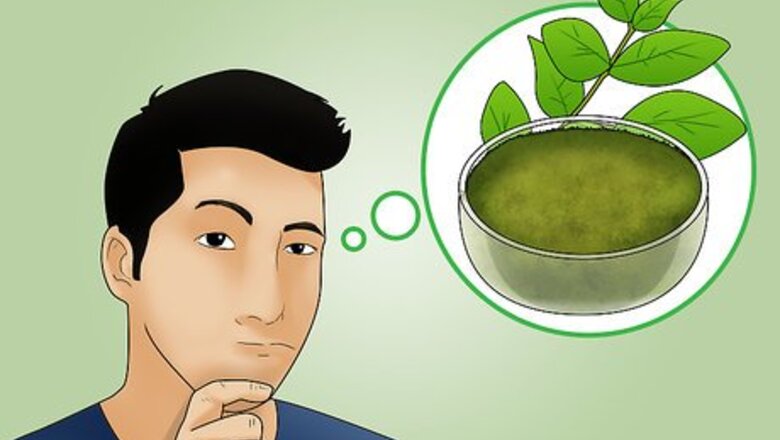
views
Making Henna from a Powder
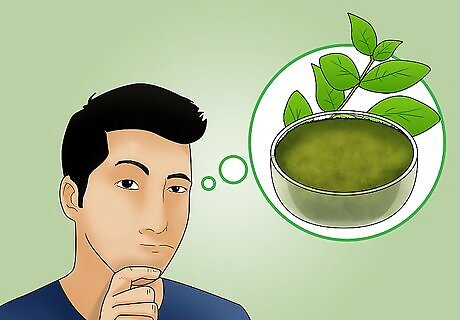
Understand the types of henna powders. There is a wide variety of different henna powders for sale. You want to get the most natural and fresh powder available to obtain the deepest stain. Henna only deposits a red dye on skin or hair. Powders that are advertised as “black henna” or “blonde henna” have other chemicals added to them. You’ll want to avoid these formulations. Fresh henna powder smells like recently cut hay or spinach. It ranges from green or khaki in color. A good rule of thumb is that the brighter the powder, the fresher it is. Powders that are less fresh will cause your henna to develop less intensely. These powders may appear brownish and have little or no scent. Double-check that your henna powder is natural. There are a lot of artificial varieties out there!
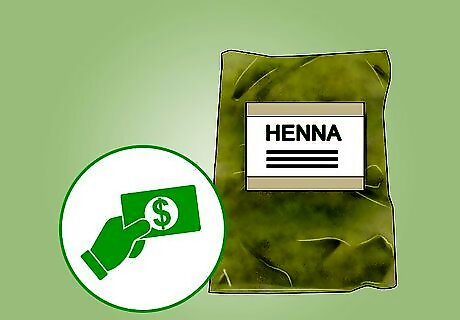
Buy henna powder. Before you can make a henna paste for use at home, you’ll need to purchase henna powder. Buying from a reputable vendor either online or in a store is the best way to guarantee you get the most natural and fresh powder. You can purchase your henna powder online with reputable henna suppliers including Mehandi and Temptu Marketing. You can also purchase your henna powder in specialty stores. Again, you’ll want to choose a reputable henna supplier, such as a trusted importer or import store, or even someone who has a henna art business. Avoid purchasing henna in grocery stores or health food stores. They often have older powders that are not the purest form of henna.
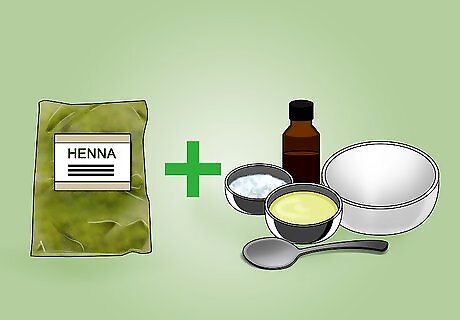
Gather your supplies. Once you’ve purchased a quality henna powder, you’ll need to gather a few additional supplies, including a bowl and an acidic liquid, to make a paste for use. You need the following supplies to start: a bowl, preferably in plastic so it doesn’t react with the henna; a mixing spoon or spatula; an acidic liquid like lemon juice or apple cider vinegar; sugar; and an essential oil like lavender or tea tree. Store your henna powder in a dry and airtight container in a location that isn’t very warm. Henna is light and heat sensitive, so this will assure that your henna powder stays as fresh as possible.
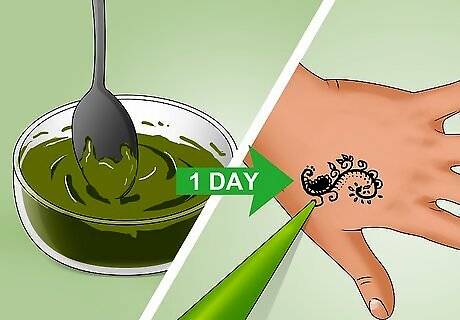
Mix your henna powder into a paste one day before you plan to use it. To make henna paste for application to either body or hair, mix your henna powder and gathered supplies together. It takes approximately one day for the henna paste to release its dye. Waiting this long will ensure you get the most vivid color.
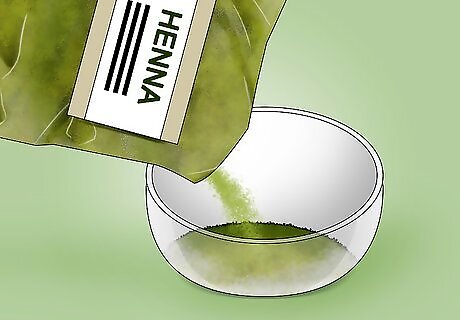
Put henna powder into bowl. Put your dry henna powder into a small plastic or glass bowl. Start with a small amount of henna powder, anywhere from 20grams to 100grams. Twenty grams of powder will produce about three ounces of paste. It’s best to use either a plastic or glass bowl. This is because other materials such as metal or wood could react with the henna.
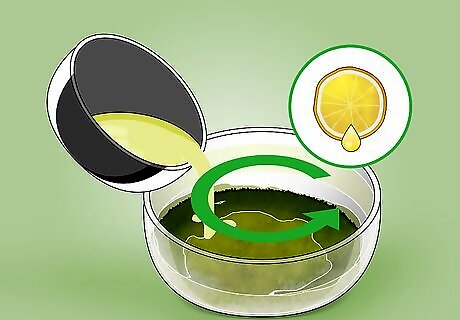
Mix ¼ cup acidic liquid into 20g henna powder until smooth. Mixing your henna powder with an acidic liquid, such as lemon juice or apple cider vinegar, until it is smooth assures that the henna powder releases its dye most effectively. If you are using more than 20g henna powder, adjust your acidic liquid accordingly. For example, you would mix 1 ¼ cups acidic liquid to 100grams henna powder. You can use any kind of acidic liquid including lemon juice, lime juice, orange or grapefruit juice, or even apple cider vinegar. Lemon juice, however, is the preferred acidic liquid. Avoid using neutral liquids such as water, or other kinds of liquids including coffee or tea. These liquids will not render the most intense color from the henna. If you are using fresh juice, make sure to strain out any pulp so it doesn’t end up in your mixture. Make sure your mixture is smooth. If you notice that it is lumpy or has bits of dry powder, add small amounts of your acidic liquid until you reach the consistency of a smooth yogurt.
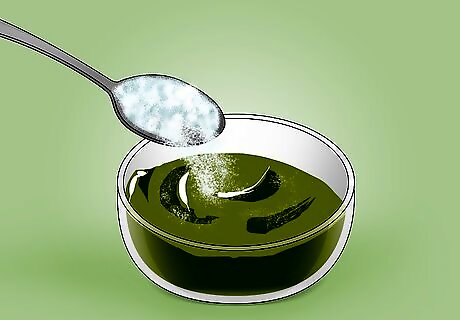
Add 1.5teaspoons (tsp) sugar to your henna mixture. A small amount of sugar in your henna mixture will help it adhere to your skin better and retain moisture. If you began with more than 20g henna powder, you’ll want to adjust how many teaspoons sugar you are using in the mixture. For example, if you are using 100g henna powder, increase to 7.5tsp sugar. Sugar will help your mixture be not only smooth, but also help it from drying out quickly since sugar draws in moisture.
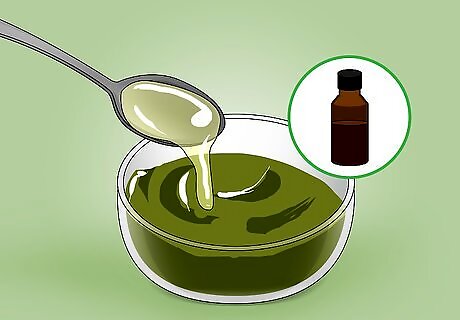
Add 1.5tsp of an essential oil to your henna mixture. Using an essential oil in your mixture will not only help you get the most intense color, but the oil will also make it smell good. You can use many different kinds of essential oil for your mixture, including lavender, cajeput, or tea tree oil. Make sure you research the safety of your chosen oil before using. Avoid using essential oils such as mustard or clove because they can harm you.

Make sure your henna mixture is smooth. Once you’ve added all of your ingredients, stir the entire mixture again to assure that it is as smooth as possible. Cover with plastic wrap and let sit for 24 hours. When the henna mixture is smooth, covering it and allowing it to sit for about one day will assure that the henna renders the best color. Put the plastic wrap directly against the paste surface to make sure there are no air pockets. This will also keep it from drying out too quickly. Let the bowl sit in a warm, dry place. The temperature should be between 75 and 85 degrees Fahrenheit. If you’re using a clear bowl, you’ll notice that the henna mixture slowly begins to release its dye. This will appear as a dark band within the mixture.
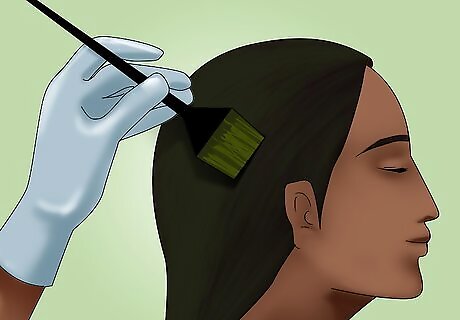
Use your henna mixture! After about a day, your henna mixture has released its dye and is ready to use either on your hair or body. If you want to use the henna paste for mehndi, or henna body painting, Rupal Pinto’s website is an excellent source. If you want to use the henna paste to color your hair, the blog Tabouli Bowl is an excellent source.
Making Henna from Leaves
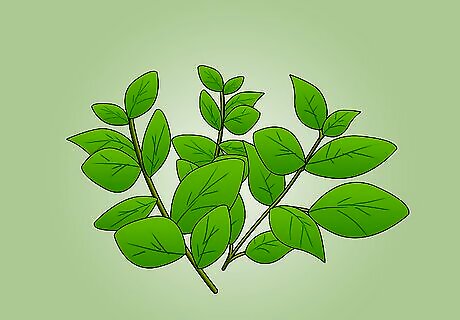
Gather or purchase fresh or dry leaves from the henna plant. If you want to make henna yourself by using the leaves from the henna plant, gather or purchase either fresh or dried leaves from a henna plant. This is also a good way to assure that the henna you use is the most natural and produces the best color. The henna plant is also called Lawsonia inermis or mehendi plant. If you do not have a henna plant at home to gather your leaves, you can purchase them from plant stores or reputable online vendors such as Green Field Exports or Herbs India.
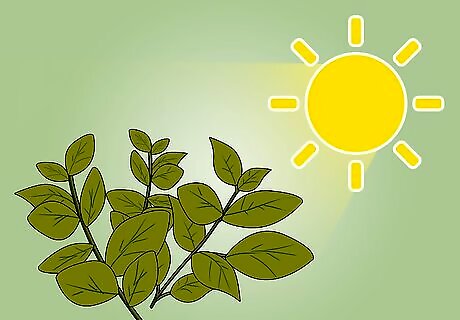
Dry fresh leaves in the sun. If you are using fresh leaves to make henna, you’ll need to first dry them in the sun so they can be turned into a powder. The leaves are dry when they have a crisp consistency, like a potato chip.
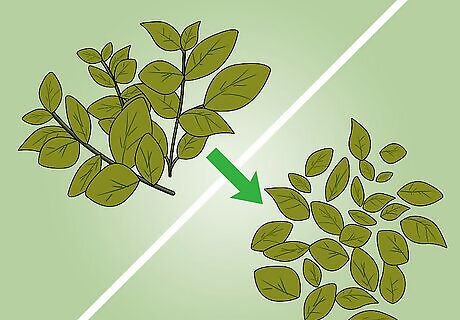
Separate branches and twigs from the dried henna leaves. By removing any branches and twigs from the dried henna leaves, you assure that your henna will render the purest and most intense color.
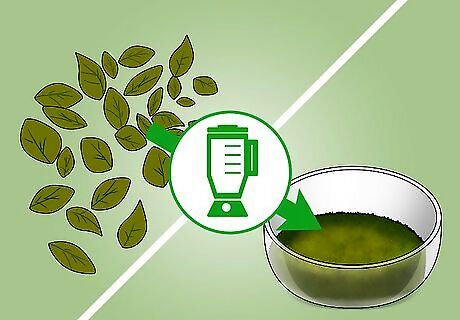
Turn leaves into a fine powder with a blender or mixer. In order to turn your dried leaves into henna, you’ll first need to make a powder out of them by pulsing them either in a blender or a mixer. Blend and pulse your leaves until they are a fine powder. This will ensure that your henna isn’t fibrous and help your final henna paste mixture be smooth.
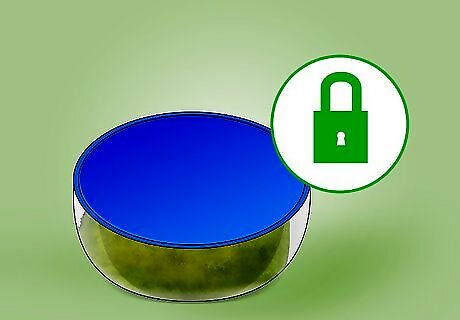
Store in a dry, airtight container in a cool place until ready for use. You don’t want to expose your henna powder to any liquid until you’re ready to use it. Likewise, you want to keep it as fresh as possible by keeping it in an airtight container in a cool and darker place.
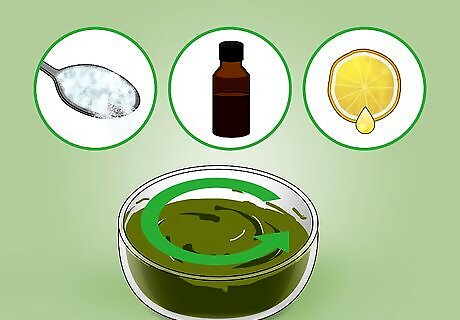
Make your henna powder into a henna paste for use by following the above steps. In order to use the powder you made, you'll first have to turn it into a paste by following the method for making henna from a powder.
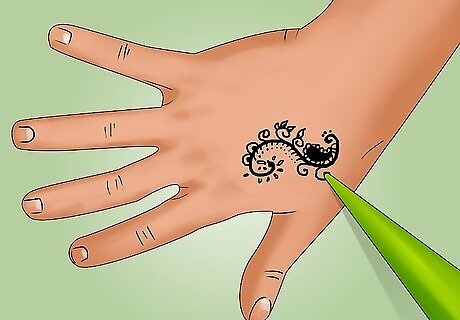
Use your henna mixture! After about a day, your henna mixture has released its dye and is ready to use either on your hair or body. If you want to use the henna paste for mehndi, or henna body painting, Rupal Pinto’s website is an excellent source. If you want to use the henna paste to color your hair, the blog Tabouli Bowl is an excellent source.



















Comments
0 comment